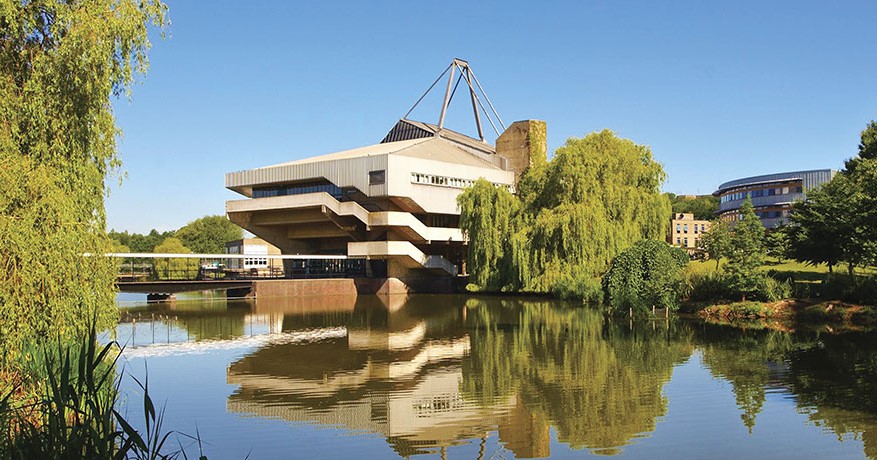The Universities of Leeds, Manchester, York, and Durham all showed similar results when reviewing the disparities between salaries according to race.
In the request made to the University of Leeds, the statistics showed dramatic differences in salaries between race groups. In the academic year 2017-2018, Black employees had a median salary of £20,989. This is £13,531 or 39% lower than the average salary for ‘Asian’ and ‘White’ employees, as well as those whose race was classified as ‘Unknown’. Those who were classified as ‘Other’ had the highest average salary at £35,550.
This is an improvement on previous years. In the year 2013/14, the average salary of Black employees was 45% of what White employees earned. It must be noted that the University of Leeds has increased its number of Black staff members between 2013 and 2015 by 42%, with the total number of Black employees in the academic year 2015/16 totaling 186.
However, in the past two years, this number has decreased by 26. In 2017/18, the number of Black employees equaled 160, making up around 2% of the University’s 8,000-person workforce. In the 2011 census, the Black African/Caribbean/British population in Leeds was 3.5%.
Commenting on the apparent disparity, a University spokesperson said: “We recognise that work needs to continue in our efforts to increase both the representation of BME staff at the University, and to tackle any associated pay gaps, which we are committed to reducing. This is a known sector issue, and here at Leeds we are raising awareness through a mandatory equality training programme for all staff. We are also addressing the fact that approximately 20 per cent of staff do not declare their race, as improved data will ensure that we prioritise our actions.”
Employment statistics relating to race have revealed low numbers of black employees at the University of York.
Revealed in a Freedom of Information request made against the University, the figures showed that in the academic year 2017-2018, black employees made up 0.39% of all academic teaching staff. The total number of employees at the University of York is more than 3800, according to their website.
In every academic year since 2013, the University has had zero black professors.
While this is an increase in the number of black academic teaching staff of 500%, this is only because the numbers were non-existent initially. In every academic year since 2013, the University has had zero black professors. White employees made up a total of 84% of academic teaching staff, with ‘Asian’ and those categorised as ‘Other’ making up 5% and 10% in 2017-18, respectively. Since 2015, the University of York has employed 5 staff members who identified as ‘Other’.
In total, the University of York employed 10 black men and 5 black women in the academic year 2017-18. In 2015-2016, the University employed a record number of twenty black people.
When looking at average salary, the statistics revealed significant differences between employees of different racial categories. In 2017-18, black employees had the lowest average salary of any racial group at £29,891. This is £9601 less than the average salary for white employees. Employees who identified as ‘Other’ had the highest average salary in the last academic year, at £43,359.
This low proportion of staff members identifying as black, Asian or minority ethnic is not dissimilar from student numbers. Earlier this year, a report by Higher Education Statistics Agency found that Russell Group universities, including York, had considerably low intakes of black students. Russell Group universities have, on average, less than 4% of black students, compared to the national average of 8%.
To mark celebrations for #BlackHistoryMonth the @UniOfYork and @yorkunisu will be raising a Black Liberation flag today at 14:30 on Greg's Place.
Come along and join in the festivities, there will be cake and coffee!!
🏴+ 🍰+ ☕️=😍
Info at https://t.co/ZQ2TW8Rcmf pic.twitter.com/2C2f4Jy9Ns
— UoY Equality (@EqualityatYork) October 24, 2018
Overall, these statistics show dramatic inequalities between employees on the basis of race, through both salaries and positions open to people-of-colour.
Professor Antony Long, Deputy Vice-Chancellor and the University’s lead for Equality, Diversity, and Inclusion at the University of Durham, said: “We conduct a thorough, open, a. global search for candidates to be our academic colleagues, to improve the diversity of the University’s faculty and to engage world-leading talent.
‘The diversity of the candidate pool is considered at each stage – longlist, shortlist, offer, a. acceptance – and candidates are offered financial and relocation assistance, including with schools and housing.
‘We are actively considering pay across all groups in the University and will also be working with the Universities and Colleges Employers Association as part of our response to the Government’s consultation on introducing ethnicity pay reporting.”
Ed Barnes, Views Editor
Image: [Which? University]

